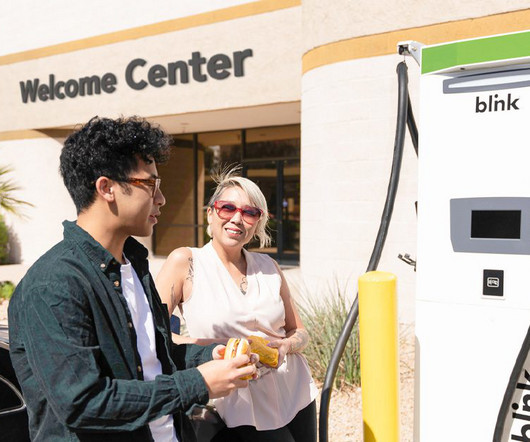DOE to award up to $2.5M to deploy fuel-cell-powered baggage tow tractors at commercial airports
Green Car Congress
APRIL 26, 2012
The US Department of Energy (DOE) will award up to $2.5 million this year to demonstrate and to deploy fuel-cell-electric baggage tow tractors (BTT) at major US commercial airports. The target market is commercial airports and air freight distribution centers used by passenger airlines and air freight industries.













Let's personalize your content